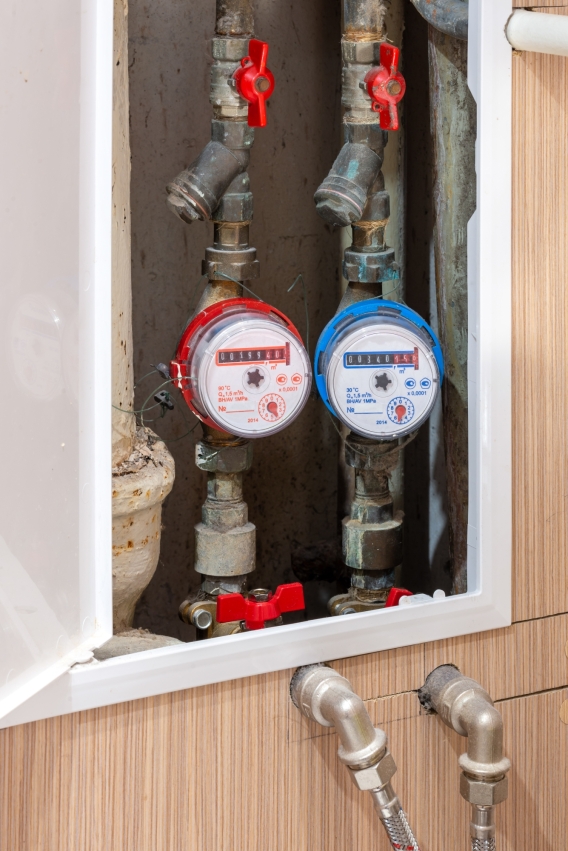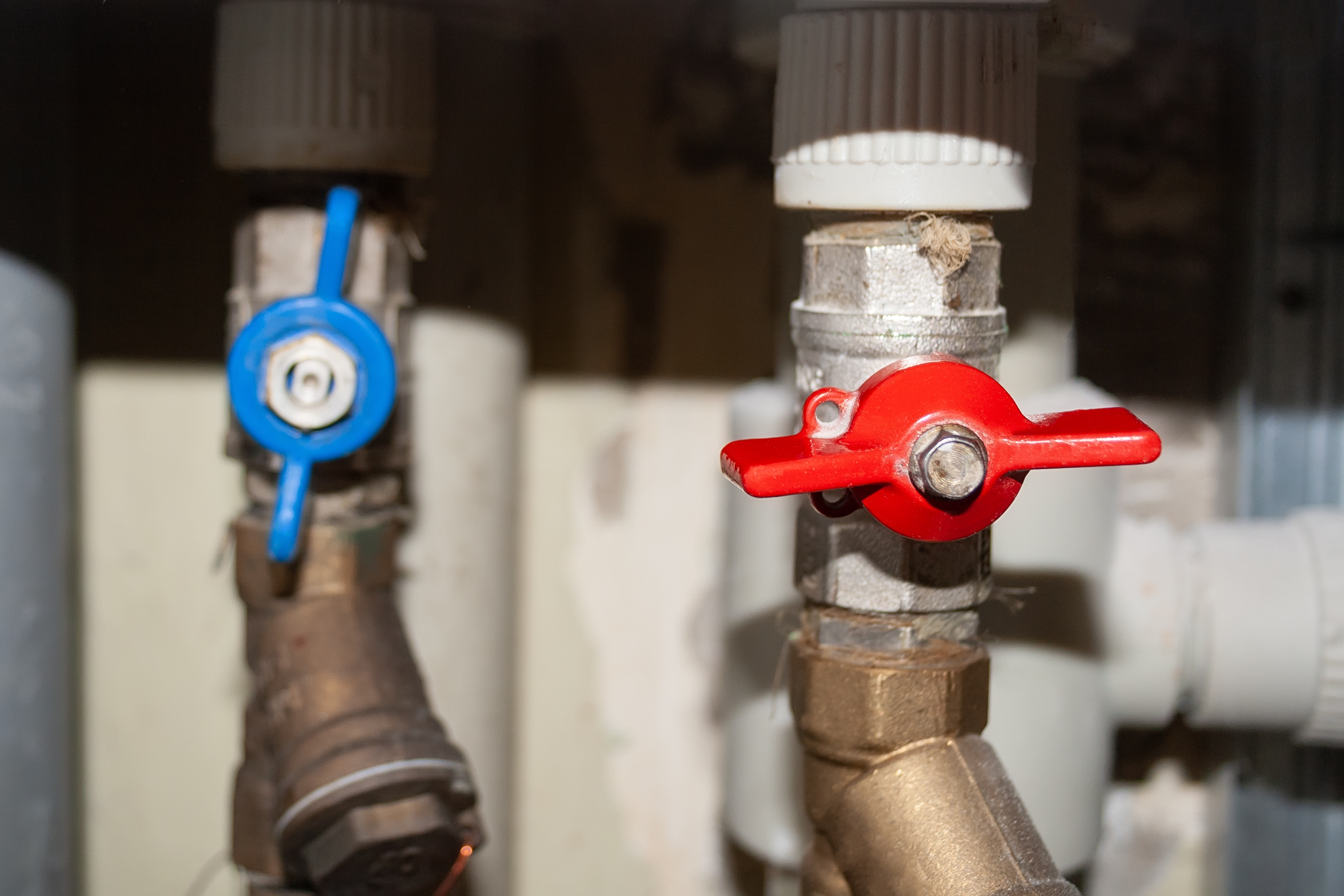Legionella in hot and cold water lines
Bacterial growth is usually linked to lukewarm and hot water.
Thus, much attention is paid to controlling temperatures on hot water lines, and bacteriological tests in the context of Legionella, are primarily performed on hot water lines. However, more and more it appears that persistent problems with legionella are related to contaminations in the cold water lines.
Measurements show that the cold water temperature in these pipelines is often not cold enough:
- In warmer periods (hot summers with prolonged high outdoor temperatures), we often see excessive water temperatures in the cold water circuit.
- Cold and hot water lines are often too close together without the necessary insulation, resulting in heat exchange between the two circuits.
- The risk of higher temperatures also increases with increasing pipe length.
Once the cold water temperature exceeds 20°C, there is a significantly increased risk of legionella growth. Most guidelines often refer to 25°C, but from the perspective of the legionella bacteria themselves, 20°C is a critical tipping point.
The risk of legionella growth in cold water systems also increases with the age of the plumbing network. Pipes older than 10 years are more susceptible to biofilm formation because the surfaces are ruder.
This biofilm is then a perfect medium for bacterial development. Unlike hot water systems, heat shocks cannot be performed on cold water lines to kill off (legionella) bacteria.
- Flushing cold water pipes helps to temporarily reduce bacteria levels to harmless levels (but cannot eliminate regrowth)
- Checking and eliminating cross-connections (= unwanted connections between plumbing with different types of water & water sources).
- Additional insulation of the cold water piping
- Additional isolation of the hot water lines, especially if they are near the cold water lines
- Disinfect the cold water circuit. Also consider here a PT5 registration (= safe use in drinking water).
- Remove biofilm (= breeding ground and protective layer for bacteria). This can be done in some cases with the same product used to disinfect.

- Alternatieve legionella beheersing in warmwatersystemen
- Waarom en hoe drinkwater ontsmetten?
- Veilige sanitaire leidingen
- Hoe werkt chloordioxide
- Schadelijke bacteriën in water
- Leginella symptomen - veteranenziekte
For more information, send an e-mail to info@konax.com or call with our specialists at +32 51 31 43 93

